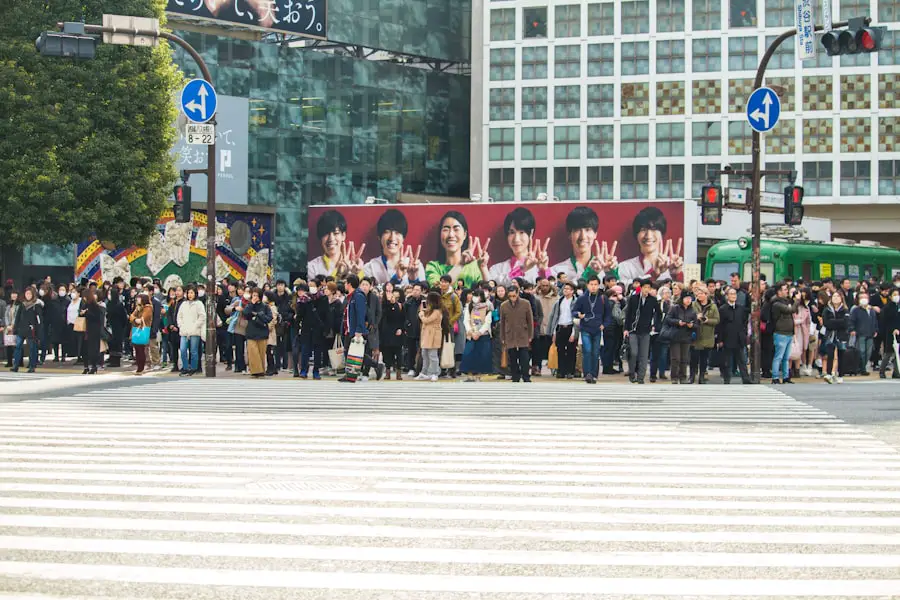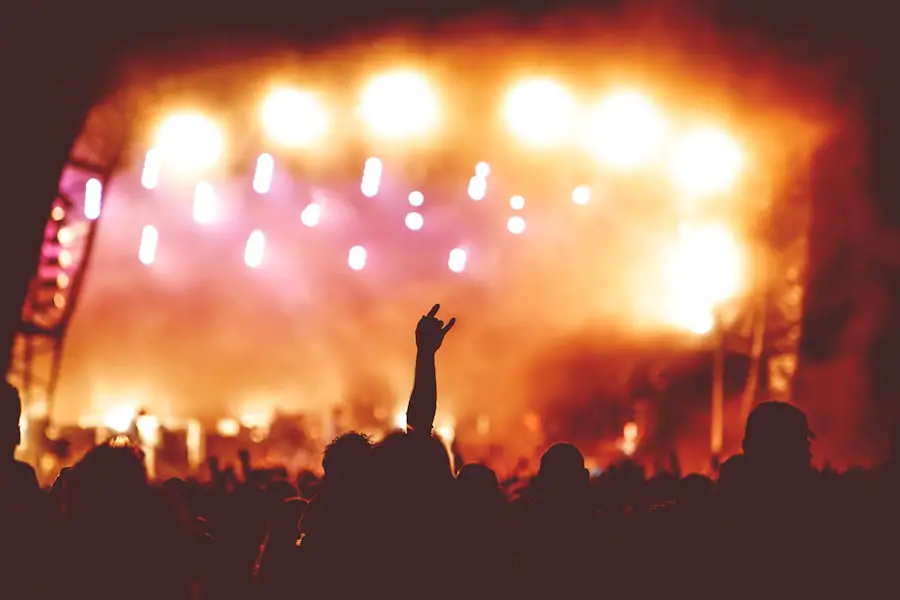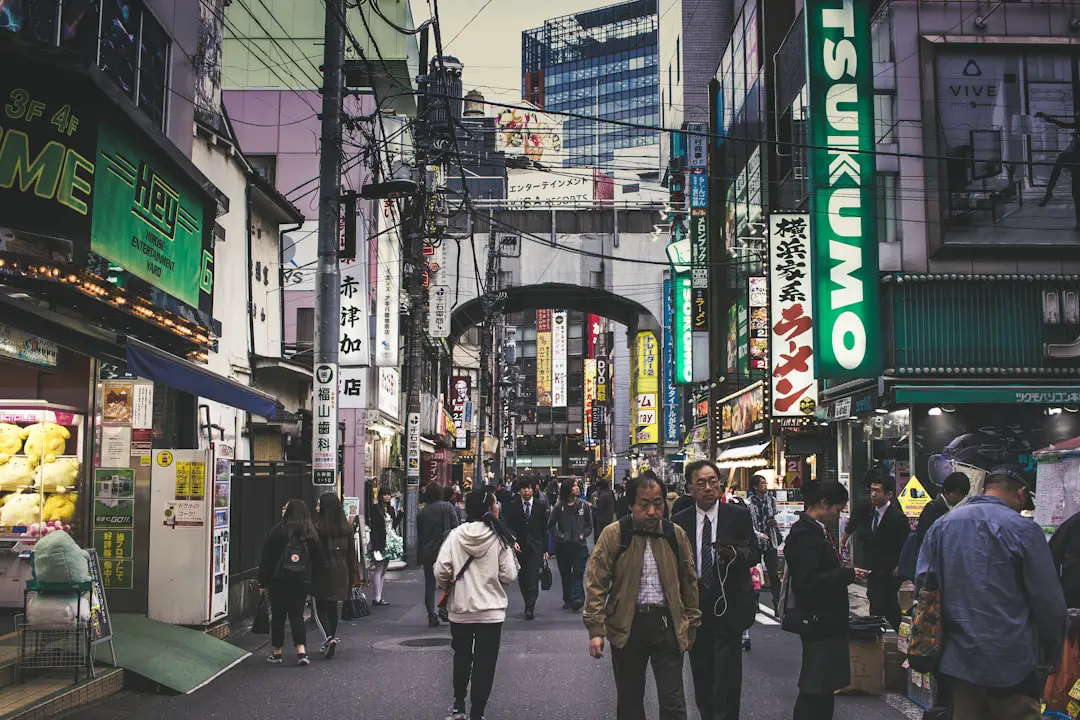As winter recedes and the days grow longer, spring emerges as a vibrant season in Germany, marked by a plethora of festivals and outdoor activities. The arrival of warmer temperatures breathes life into the landscape, with flowers blooming and trees regaining their lush green foliage. This transformation is celebrated across the country, with events such as the famous Cherry Blossom Festival in Bonn, where visitors can stroll beneath a canopy of pink blossoms.
The festival not only showcases the beauty of nature but also features local food stalls, live music, and cultural performances, making it a delightful experience for all ages. In addition to floral festivals, spring is also synonymous with various traditional celebrations. One notable event is the Easter market, which takes place in many cities, including Munich and Nuremberg.
These markets are filled with handcrafted goods, colorful decorations, and delicious seasonal treats like Easter eggs and lamb cakes. Visitors can immerse themselves in the local culture by participating in egg-painting workshops or enjoying traditional folk music. The combination of pleasant weather and festive atmospheres makes spring an ideal time for outdoor activities such as hiking in the Bavarian Alps or cycling along the Rhine River, where the scenery is particularly breathtaking.
Key Takeaways
- Spring is the perfect time for festivals and outdoor activities in Germany, with events like the Berlin International Film Festival and the famous cherry blossom season in Bonn.
- Summer in Germany offers warm weather and outdoor events such as music festivals, open-air cinemas, and beer gardens, making it an ideal time for outdoor enthusiasts.
- Fall in Germany is a great time to witness the beautiful changing colors of the landscape, especially in regions like the Black Forest and the Bavarian Alps.
- Winter in Germany is a magical time to embrace Christmas markets and winter sports, with popular destinations like Nuremberg and the Bavarian Forest offering festive experiences.
- Off-peak season in Germany allows visitors to experience the country with fewer crowds and lower prices, making it an ideal time for budget travelers and those seeking a more relaxed atmosphere.
Summer: Enjoy the Warm Weather and Outdoor Events
Summer in Germany is characterized by warm weather and an abundance of outdoor events that draw both locals and tourists alike. With temperatures often reaching into the high 20s Celsius (70s Fahrenheit), people flock to parks, lakes, and beer gardens to soak up the sun. One of the highlights of summer is the numerous open-air festivals that take place throughout the country.
The famous Wurstmarkt in Bad Dürkheim, for instance, is a wine festival that attracts thousands of visitors each year. Here, attendees can sample local wines, enjoy traditional sausages, and dance to live music under the stars. Another quintessential summer experience is attending a local Stadtfest (city festival), which can be found in almost every town.
These festivals often feature a mix of food stalls, artisan markets, and live performances that showcase regional talent. For example, the Hamburg Summer Festival transforms the city’s waterfront into a lively hub of activity, complete with street performers, food trucks, and family-friendly entertainment. The long summer evenings provide the perfect backdrop for socializing with friends and family while enjoying the vibrant atmosphere that these events create.
Fall: Witness the Beautiful Changing Colors of the Landscape

As summer fades into fall, Germany transforms into a canvas of rich colors, with leaves turning shades of gold, orange, and red. This season is not only visually stunning but also offers a unique opportunity to experience traditional harvest festivals that celebrate local produce. One of the most famous events is the Oktoberfest in Munich, which attracts millions of visitors from around the world.
While primarily known for its beer tents and lively atmosphere, Oktoberfest also showcases Bavarian culture through traditional music, dance, and culinary delights such as pretzels and roasted chicken. Beyond Oktoberfest, many regions host their own harvest festivals that highlight local agricultural products. In the Rhine Valley, for instance, wine festivals celebrate the grape harvest with tastings and vineyard tours.
Visitors can explore picturesque vineyards while sampling exquisite wines paired with regional delicacies. The cooler temperatures also make it an ideal time for outdoor activities like hiking in national parks or taking scenic drives through the countryside to admire the fall foliage. The combination of cultural festivities and natural beauty makes fall a captivating season to explore Germany.
Winter: Embrace the Magical Christmas Markets and Winter Sports
| City | Christmas Markets | Winter Sports |
|---|---|---|
| Vienna | 20 | Skiing, Ice Skating |
| Prague | 15 | Snowboarding, Ice Hockey |
| Munich | 25 | Curling, Bobsledding |
Winter in Germany is a season steeped in tradition and festivity, with Christmas markets popping up in towns and cities across the country. These markets are a hallmark of German culture, offering visitors a chance to experience the magic of the holiday season. From late November until Christmas Eve, towns are adorned with twinkling lights and festive decorations.
The Nuremberg Christkindlesmarkt is one of the oldest and most famous Christmas markets in Germany, where visitors can browse stalls selling handcrafted ornaments, gingerbread cookies, and mulled wine while enjoying live performances of traditional carols. In addition to Christmas markets, winter also brings opportunities for outdoor sports enthusiasts to indulge in activities such as skiing and snowboarding in the Bavarian Alps or the Black Forest region. Resorts like Garmisch-Partenkirchen offer well-groomed slopes suitable for all skill levels, along with breathtaking views of snow-capped mountains.
For those who prefer a more leisurely pace, ice skating on frozen lakes or through charming town squares provides a picturesque winter experience. The combination of festive cheer and winter sports makes this season an enchanting time to visit Germany.
Off-Peak Season: Experience Germany with Fewer Crowds and Lower Prices
Traveling during Germany’s off-peak season can be an incredibly rewarding experience for those seeking to explore without the hustle and bustle of large crowds. Typically occurring from late fall to early spring (excluding holiday periods), this time allows visitors to enjoy popular attractions at a more leisurely pace. For instance, iconic sites like Neuschwanstein Castle or Berlin’s Brandenburg Gate are often less crowded during these months, providing ample opportunity for photography and reflection without the usual throngs of tourists.
Moreover, visiting during off-peak times often translates to lower prices on accommodations and attractions. Many hotels offer discounted rates to attract visitors during these quieter months. This affordability extends to dining as well; local restaurants may have special menus or promotions aimed at drawing in patrons during slower periods.
Travelers can take advantage of this by indulging in authentic German cuisine at a fraction of the cost while enjoying a more intimate dining experience.
Peak Season: Navigate the Busiest Times for Tourist Attractions and Events

The peak tourist season in Germany typically spans from late spring through early fall when favorable weather conditions coincide with numerous festivals and events. During this time, popular attractions can become quite crowded, necessitating strategic planning for visitors hoping to make the most of their trip. For example, if one wishes to visit Berlin’s Museum Island or take a tour of Heidelberg Castle during peak season, it is advisable to book tickets in advance to avoid long lines and ensure entry.
Additionally, major events such as Oktoberfest or Christmas markets draw massive crowds that can significantly impact travel plans. While these events are undoubtedly worth experiencing, visitors should be prepared for bustling environments and potentially higher prices for accommodations near event venues. To navigate this busy season effectively, travelers might consider visiting attractions early in the morning or later in the evening when crowds tend to thin out.
This approach allows for a more enjoyable experience while still partaking in Germany’s vibrant cultural offerings.
Shoulder Season: Take Advantage of Mild Weather and Reduced Crowds
The shoulder season in Germany—typically occurring during late spring (April to June) and early fall (September to October)—offers travelers a sweet spot between peak tourist times and off-peak tranquility. During these months, visitors can enjoy mild weather that is perfect for outdoor exploration without facing overwhelming crowds at popular attractions. For instance, exploring cities like Munich or Dresden during this time allows for leisurely strolls through historic districts while still enjoying pleasant temperatures.
Moreover, many cultural events take place during shoulder seasons that provide unique insights into local traditions without the overwhelming crowds found during peak times. For example, wine festivals in regions like Mosel or Baden-Württemberg often occur in September when grapes are harvested but before the influx of tourists arrives for Oktoberfest. This timing allows visitors to engage with locals more authentically while sampling exquisite wines in a relaxed atmosphere.
Considerations for Each Season: What to Pack, Local Events, and Cultural Highlights
When planning a trip to Germany across different seasons, it’s essential to consider what to pack based on varying weather conditions and activities available throughout the year. In spring, layering is key; lightweight jackets paired with sweaters allow travelers to adapt to fluctuating temperatures while enjoying outdoor festivals. Comfortable walking shoes are also crucial for exploring bustling markets or hiking trails.
Summer necessitates lighter clothing due to warmer temperatures; however, packing a light jacket or sweater for cooler evenings is advisable. This season is perfect for attending open-air concerts or city festivals where casual attire is appropriate yet stylish enough for social gatherings. In contrast, winter requires warm clothing such as insulated jackets, hats, gloves, and sturdy boots for navigating snowy landscapes or enjoying Christmas markets.
Each season also brings its own set of local events that highlight cultural traditions unique to specific regions. Spring’s Easter markets offer opportunities for families to engage in crafts while sampling seasonal treats; summer’s wine festivals celebrate local viticulture; fall’s harvest festivals showcase regional produce; and winter’s Christmas markets create an enchanting atmosphere filled with festive cheer. By considering these seasonal nuances when planning their visit, travelers can fully immerse themselves in Germany’s rich cultural tapestry throughout the year.
If you’re planning a trip to Germany, you may want to consider investing in a pair of waterproof sneakers for your travels. These shoes will keep your feet dry and comfortable as you explore the beautiful cities and countryside of Germany. Check out this article on the best waterproof sneakers for travel here for some great options to consider before your trip.
FAQs
What is the best time to travel to Germany?
The best time to travel to Germany is during the spring and summer months, from April to September. This is when the weather is mild and pleasant, and many outdoor festivals and events take place.
What is the weather like in Germany during the best time to travel?
During the spring and summer months, the weather in Germany is generally mild and pleasant, with temperatures ranging from 15°C to 25°C. However, it is always a good idea to check the weather forecast before traveling.
Are there any specific events or festivals to consider when planning a trip to Germany?
Yes, there are several events and festivals that take place in Germany during the spring and summer months, including the famous Oktoberfest in Munich, the Berlin International Film Festival, and various music and cultural festivals throughout the country.
What are the popular tourist destinations to visit in Germany during the best time to travel?
Popular tourist destinations in Germany during the best time to travel include Berlin, Munich, the Black Forest, the Rhine Valley, and the Bavarian Alps. These areas offer a mix of historical sites, natural beauty, and cultural experiences.
Are there any considerations to keep in mind when traveling to Germany during the best time?
It is important to book accommodations and transportation in advance, as the spring and summer months are peak tourist seasons in Germany. Additionally, it is advisable to pack light layers and comfortable walking shoes for exploring the various attractions and outdoor activities.
